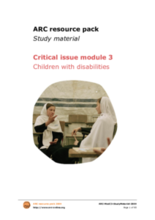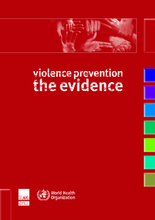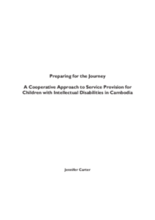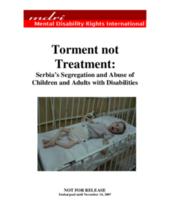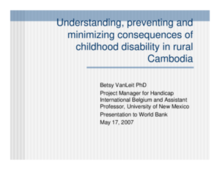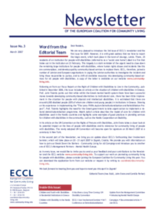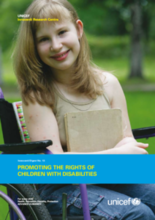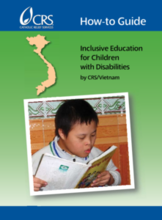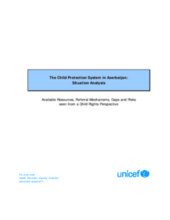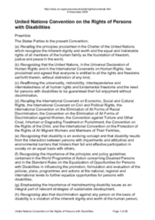Displaying 461 - 470 of 491
This module does not attempt to address all areas that affect children with disabilities in depth but aims to support the development of skills and knowledge in relation to emergency aspects, and to provide information and links for facilitators and trainers who require more detailed resources and guidance.
This report brings together an eight-part series of briefings on the evidence for interventions to prevent interpersonal and self-directed violence. By spotlighting evidence for the effectiveness of interventions, the series provides clear directions for how violence prevention funders, policy makers and programme implementers can boost the impact of their violence prevention efforts.
The purpose of this study was to gain a better understanding of the challenges and needs of children with intellectual disabilities, their families, and service providers.
This report is the product of an investigation spanning four years by Mental Disability Rights International (MDRI) into the human rights abuses perpetrated against institutionalized children and adults in Serbia. From July 2003 to August 2007, MDRI documented a broad array of human rights violations against people with disabilities, segregated from society and forced to live out their lives in institutions.
This presentation given to the World Bank in May 2007 describes a study conducted in Cambodia on the situation and needs of children with disabilities and their families.
The third newsletter of the European Coalition for Community Living. Articles focus on good practices in providing care for children with disabilities.
A report on the situation of the millions of children globally with disabilities, and the challenges faced in realizing their human rights. It gives an overview of international standards, and strategies for advancing the social inclusion of children with disabilities in their families, schools, communities, and wider society.
A ‘How-to’ Guide, based on the experiences of CRS/Vietnam, that provides practical strategies and steps developing countries can take to build inclusive education programmes for children with disabilities.
Analyzes emerging protection problems and priorities of children living in Azerbaijan. Drafts a map of the institutional system related to child welfare at a national level.
The Convention on the Rights of Persons with Disabilities is a human rights treaty establishing rights of persons with disabilities.

